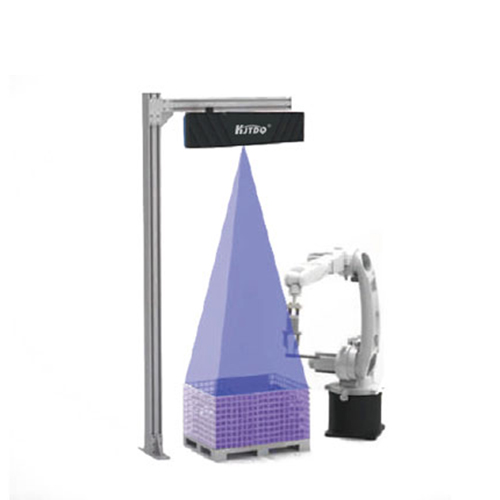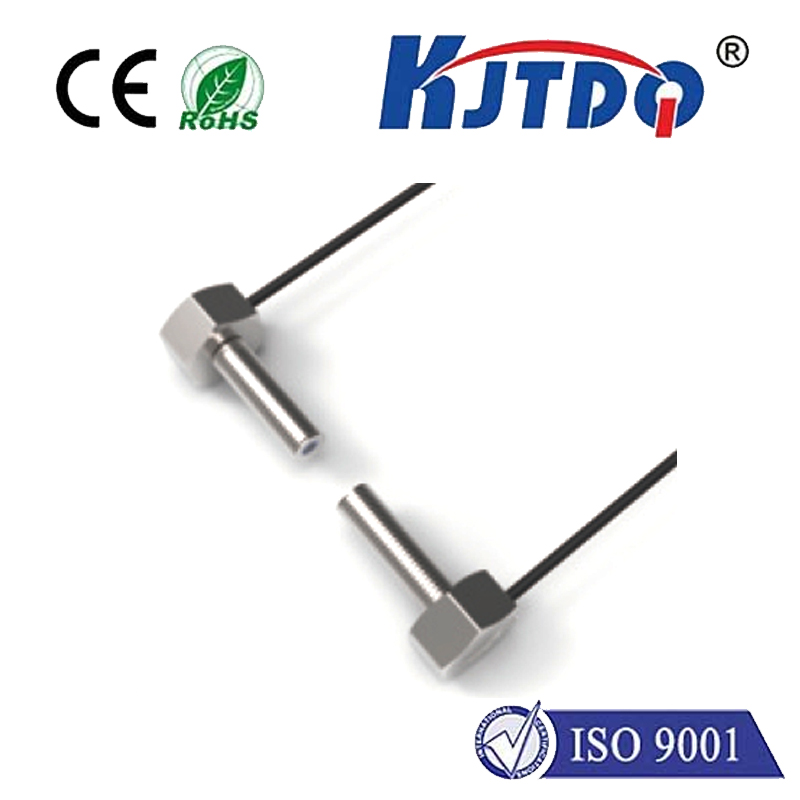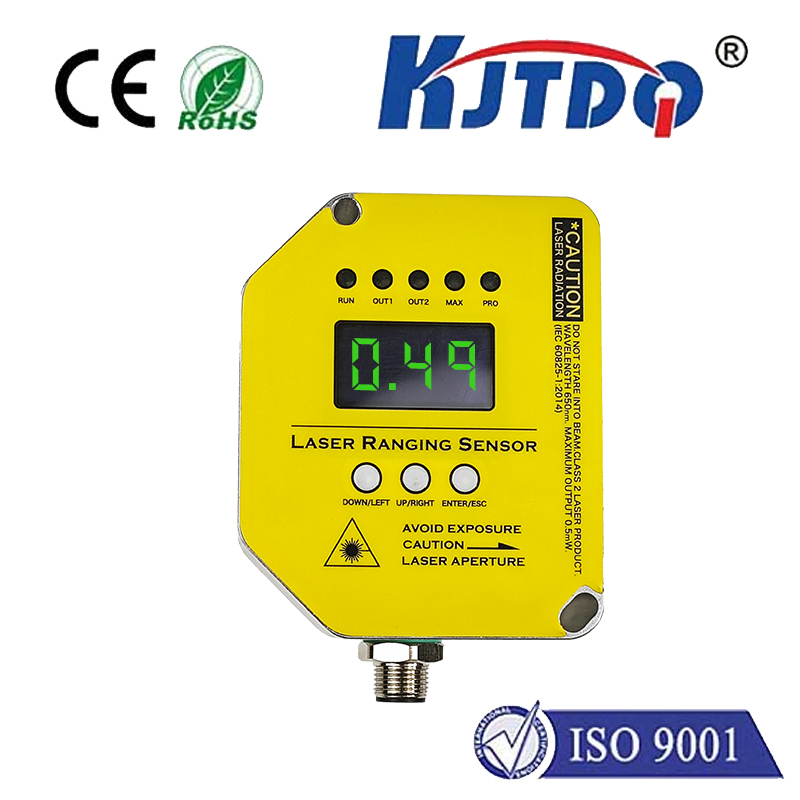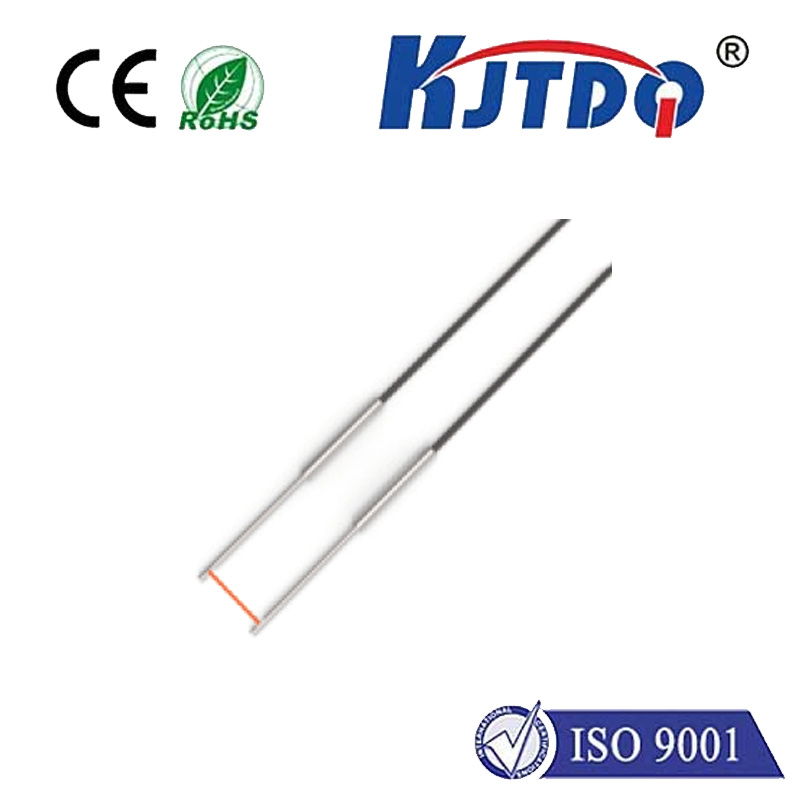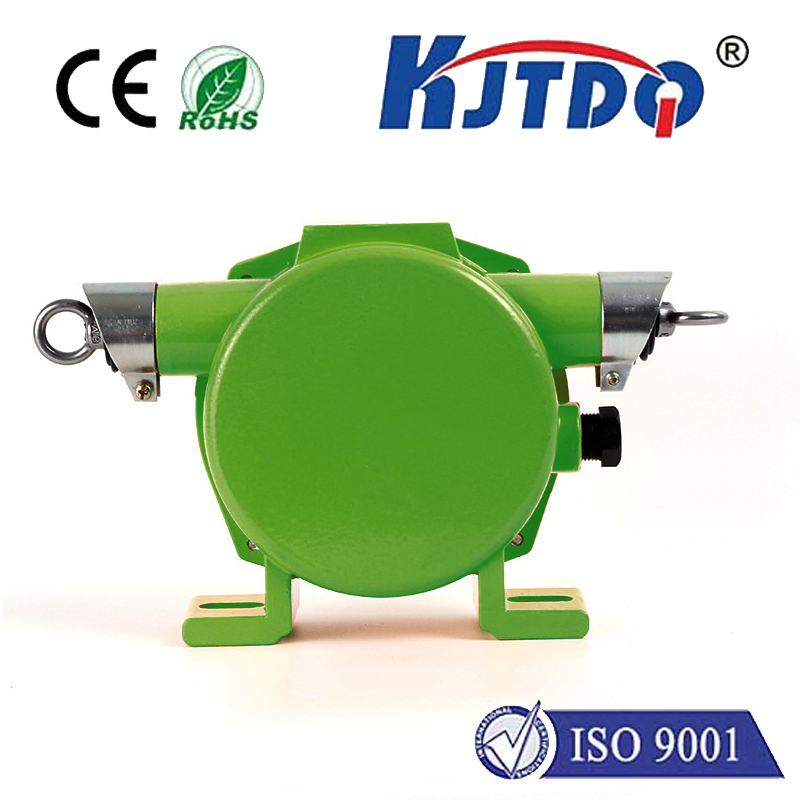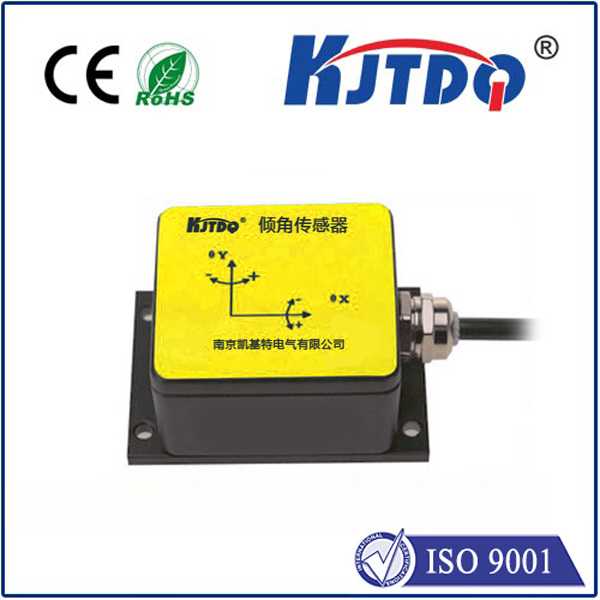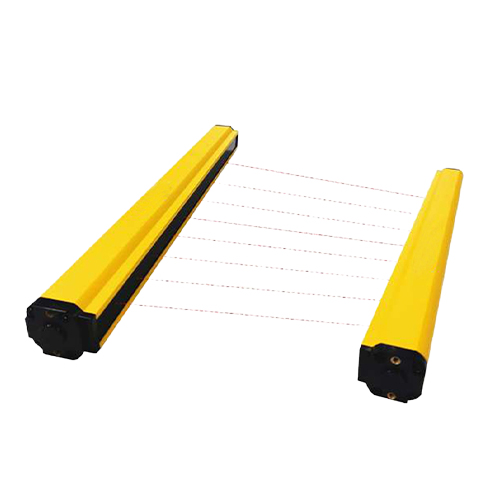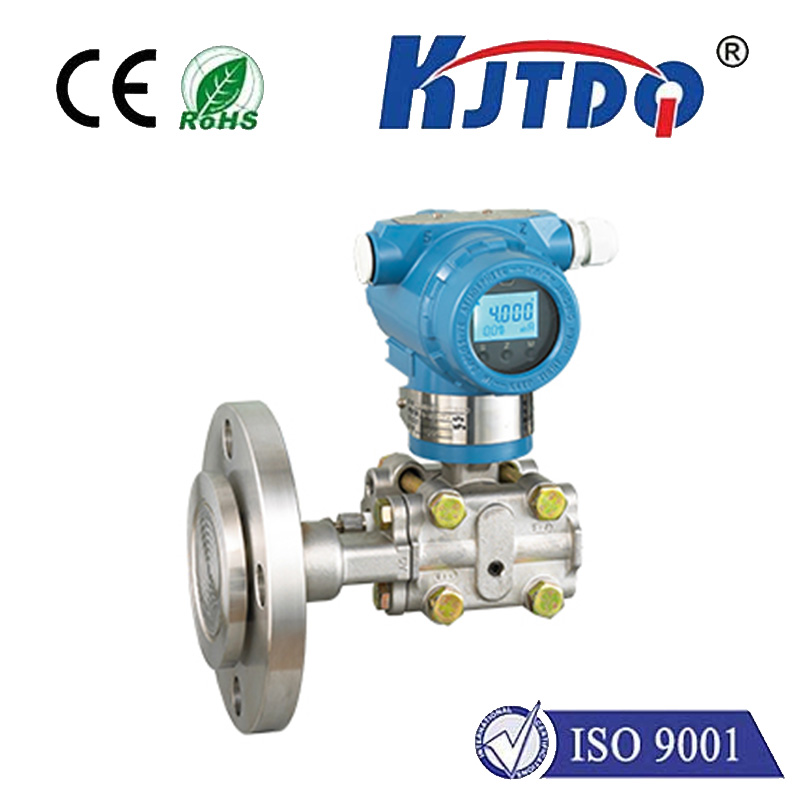

check

check

check

check

check

check

check

check

check

check
Title: Unleashing the Power of Laser Movement Sensors: Revolutionizing Industries and Beyond
Introduction
In today's world, technology continues to advance at an unprecedented pace, transforming virtually every aspect of our lives. One area that has seen significant growth in recent years is the field of motion sensing. Specifically, one cutting-edge technology that has captured the attention of professionals across various industries is the laser movement sensor. This article will explore the basics of this innovative technology and its applications, highlighting its potential to revolutionize industries and transform the way we live and work.
Understanding Laser Motion Sensors
A laser motion sensor is a device that uses a laser beam to detect the movement of objects or people. It works by emitting a laser beam from one part of the sensor, which reflects off the surface of an object or person passing in front of it. The time it takes for the laser beam to bounce back after encountering the object or person is used to calculate its speed and direction of movement. By analyzing these measurements, the sensor can determine whether the object is moving or not, as well as its distance, angle, and velocity.

The Advantages of Laser Motion Sensors
Compared to traditional motion sensors that rely on mechanical or optical components, laser motion sensors offer several distinct advantages. Perhaps most notably, they are highly accurate and reliable, able to detect even the slightest movements with high precision. Additionally, they are extremely compact and lightweight, making them ideal for use in portable devices and applications where space is limited. Finally, they operate silently and without any visible emissions, making them safe and environmentally friendly.
Applications of Laser Motion Sensors
As the technology behind laser motion sensors continues to improve, their applications are rapidly expanding across a wide range of industries. Here are just a few examples:
1. Robotics and Automation: Laser motion sensors play a crucial role in robotic systems, allowing them to navigate complex environments and perform tasks with incredible precision. They are also used to detect obstacles and avoid collisions, improving safety and efficiency in manufacturing and industrial settings.
2. Medical Imaging: In medical imaging technologies such as MRI and CT scans, laser motion sensors are used to track the movement of patients during procedures, providing valuable information for doctors and researchers. They also have potential applications in non-invasive diagnostic tools for diseases like Parkinson's and Alzheimer's.
3. Security and Surveillance: Laser motion sensors are widely used in security systems to detect intruders and monitor public spaces. They can also be integrated into surveillance cameras to trigger alerts when unusual activity is detected.
4. Sports Analytics: In sports like football and basketball, laser motion sensors are used to track player movements and analyze game data for coaches and analysts. They can provide valuable insights into player performance and help optimize training regimens.
Conclusion
As the capabilities of laser motion sensors continue to expand, their impact on society promises to be significant. From revolutionizing industries to enhancing our everyday experiences, these innovative devices hold immense promise for shaping the future of technology. As we look ahead to what's next in this exciting field, one thing is clear: the possibilities are truly endless.
